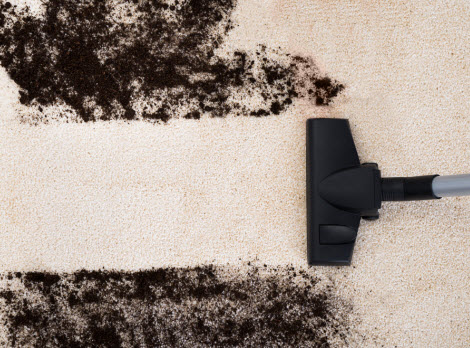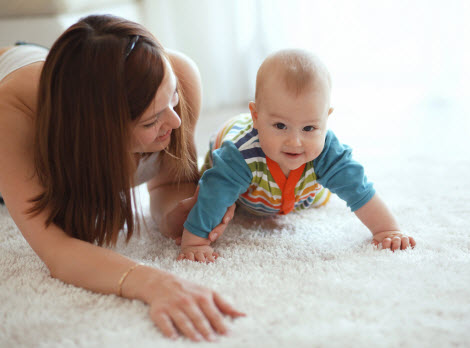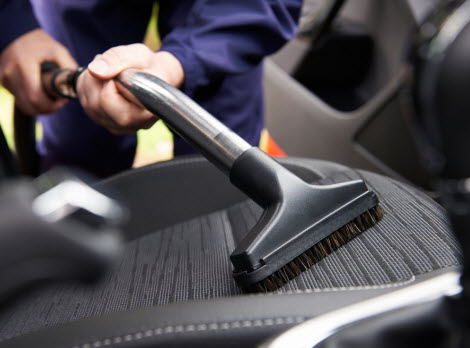Archives: July 2024
With so many variables, it is fairly common for homeowners to experience water damage and flooding in their homes. Natural causes from heavy rainfall leading to leaky roofs, burst pipes, sewer issues, malfunctioning appliances, are among the frequent sources. The flooding, depending on the circumstances, results in water damage which can also lead to mold growth. You can minimize the damage and reduce the risk of mold growth by taking immediate action. With the right equipment, skills, know-how, and experience the professionals possess, you will achieve maximum results the water damage cleanup. Bearing this in mind, we at Sand Dune Carpet Cleaning would like to discuss the basics of the water damage restoration service.
Extract the Water
The top priority in the process is clearing the standing water as quickly as possible. The furnishings and clutter need to be removed from the flooded area into a dry location, especially with severe flooding, to effectively extract the water. With the help of powerful suctioning equipment, professionals will extract the water and ensure proper disposal. After the standing water is removed, professionals move to evaluating and assessing for the depth of the water damage, the insulation, casing, drywall, baseboards, carpeting, padding, and other flooring surfaces are checked. Increasing the health risk, and accelerating the decay by corrupting the organic materials, it is vital mold and other microbes are discovered. This is also why removing excess water is the first step.
Dry Beyond the Surface
Where water damage from flooding is concerned, the surface drying is not enough. High-powered strength air mover fans and dehumidifiers are strategically placed in a pattern in order to draw out the moisture that has soaked deep into the core of structured materials, once the preindustrial strength pumps have completely removed the standing fluids. Carpet and carpet padding and the drywall are particularly suspectable. The dehumidifiers are used as the fans circulate air around the wet items and wicking moisture off of the saturated materials and out of the air. In order to detect the level of moisture in specific locations, moisture meters equipped with probes are utilized for professionals to monitor the progress as well as oversee drying rate of the carpets and other flooded areas during the drying process. Keep in mind, that the drying process can take several days, though the surrounding circumstances influence the dry time.
Completing the Process
The unsalvageable materials are replaced; such as any of the insulation, drywall, and maybe even the baseboard, carpets, and carpet padding that could not be saved are assessed once the water is long gone and the structure is full dry. It is recommended that the subfloor gets treated if the carpet needs to be removed, and if the flooding was due to a sewer problem, where bacteria, germs, mildew, mold, and other such microbes can easily grow. The treatment is designed to destroy potential mold and bacteria. To keep them disinfected, professionals will use specific treatments should the carpet and even, rugs or upholstery were affected by the flooding, but were salvaged, have a professional perform a deep cleaning to remove the potential mold spores, bacteria and other microbes.
Water Damage Restoration & More in Greater Manhattan Beach, California
If you are experiencing carpet flooding and water damage in your home or business, call Sand Dune Carpet Cleaning immediately for prompt services.






